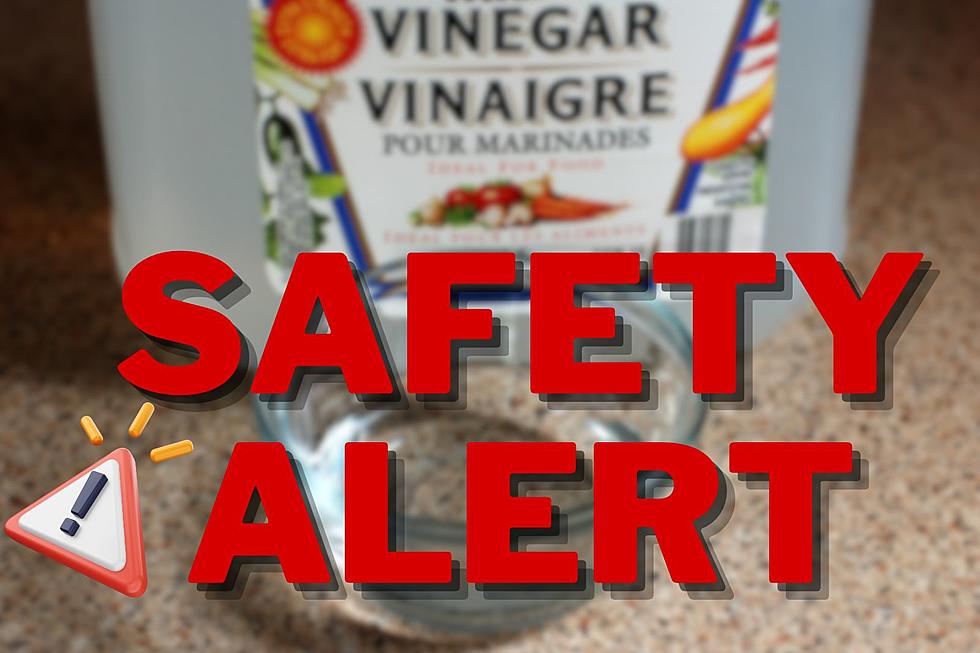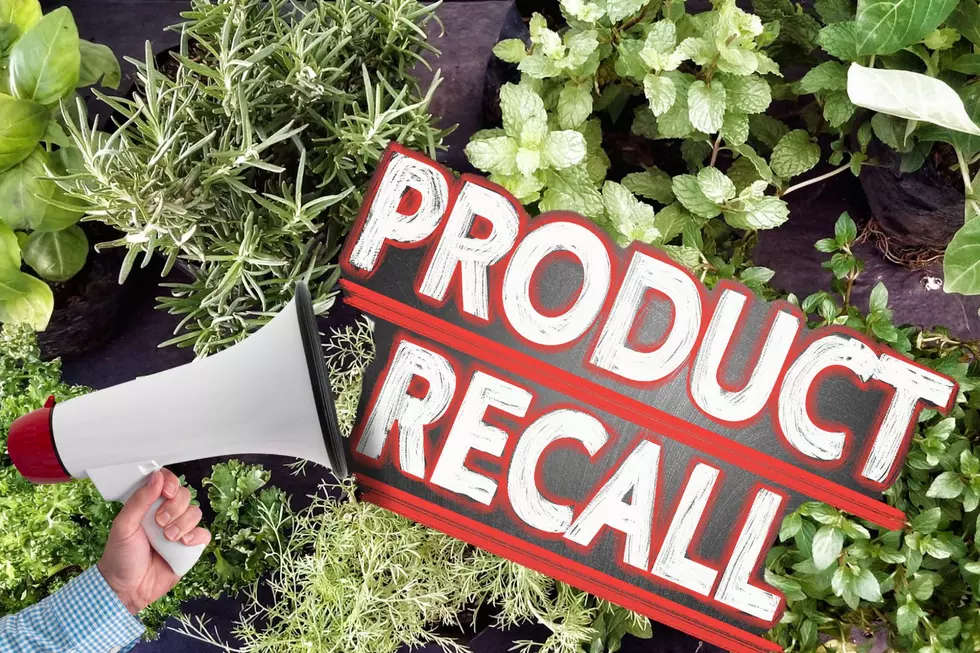
Health Risk! Why You Should Beware of Vinegar Sold in Stores
Food safety experts say you might regret not checking vinegar labels before buying.
Canning season is here in Central NY and if you pickle or ferment things like garlic, tomatoes, cucumbers and more, then this news concerns you.
The United States Department of Agriculture as well as the National Center for Home Food Preservation are urging canners to pay attention to their vinegar's acidity level before using it.
Both institutes say acidity levels under 5 percent are unsafe for preserving food. Unfortunately, more and more stores are now putting vinegar with four percent acidity on their shelves.
Why? Thanks to inflation, companies find it cheaper to make vinegar with 4% acidity because it contains more water. Vendors also spend less acquiring it, too, and are selling it for less than vinegar with 5 percent acidity.
What does this mean?
Vinegar is essential in preventing canned food from spoiling since it is both antimicrobial and antiseptic.
But, the lower a vinegar's acidity, the higher chance microorganisms have to grow in the food you're canning. Health experts say the bacteria that causes botulism are able to grow in sealed jars if the pH levels are under five percent.
Here's what the Centers for Disease Control and Prevention have to say about consuming such bacteria:
Botulism is a rare but serious illness caused by a toxin that attacks the body’s nerves.
Symptoms of botulism usually start with weakness of the muscles that control the eyes, face, mouth, and throat. This weakness may spread to the neck, arms, torso, and legs. Botulism also can weaken the muscles involved in breathing, which can lead to difficulty breathing and even death.
People cannot see, smell or taste the bacteria, and even consuming just a small dose of the toxin can result in deadly consequences.
In all, your food won't be preserved safely. And now that there's more inefficient canning vinegar on the shelves, health experts are concerned.
How to protect yourself
The CDC warns the most common cause of botulism in the United States is consuming home-canned vegetables.
But, back then, the reason those home canners became ill was because they didn't follow proper canning instructions, such as sealing the cans tightly enough or using foods that were on the verge of spoiling.
Add in the vinegar problem, that's why you have health officials and the canning community raising alarm.
Even more, the hobby of canning food has taken off after the pandemic as an alternative to preserve food and save money. Plus, canning is also popular thanks to the rise of social media.
While there are several important steps to follow when it comes to ensuring you're canning food properly, the first step is making sure your vinegar's label clearly says its acidity level is at five percent.
Vinegars will list the acidity level on the front of their labels, typically toward the bottom. End experts say it should read something like, "Diluted with water to 5% acidity."
If the number is anything less, do not buy it, even if it's being sold at a fair price.
As for the other steps to safely preserve your food, check out the USDA's complete guide to home canning.

5 Types of Pickles You Will FInd in New York State
More From WIBX 950








![Spot Spotted Lanternfly Eggs In The Winter? Here’s What To Do If You See Them [GALLERY]](http://townsquare.media/site/497/files/2021/11/attachment-magi-kern-vFqlAJb7H6Q-unsplash.jpg?w=980&q=75)
